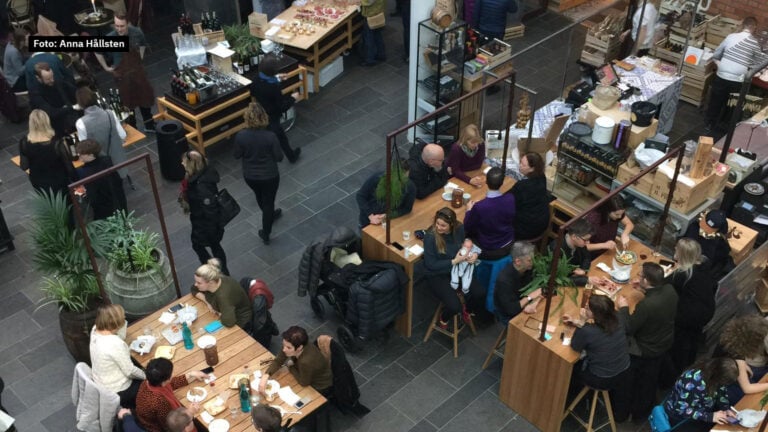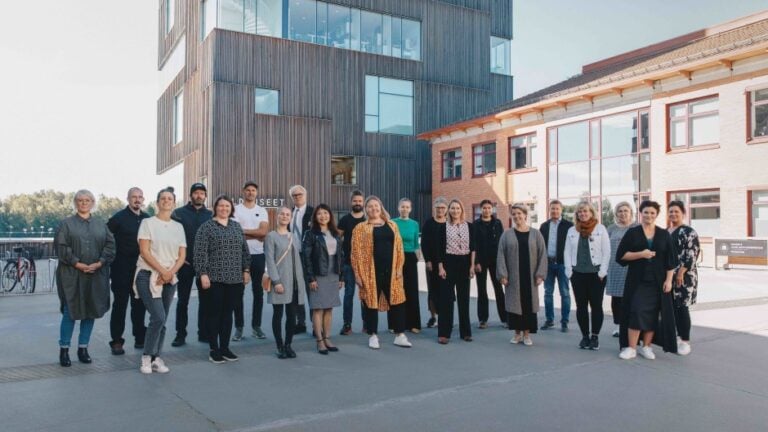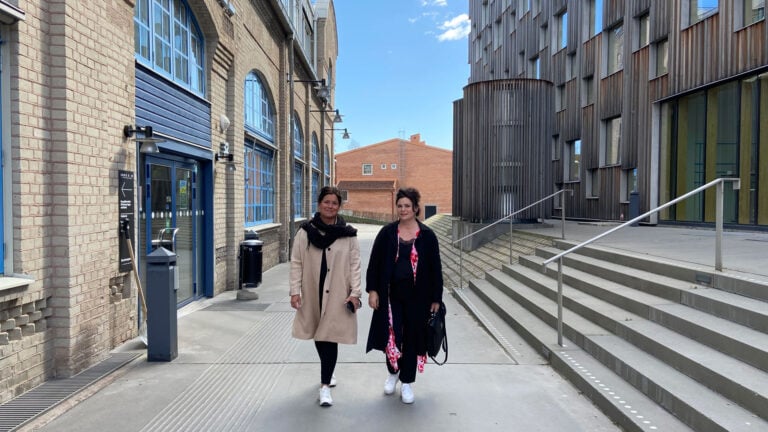During the corona pandemic, facebook, instagram and linkedin have become an even more important tool for many companies to reach their target audience and succeed in branding and sales. But who are we creating activity for and why? Do we know our target audiences, their demographics and geographies? What is our goal and what is our purpose for being in the various channels?
On average and at the time of writing, most of us visit social media at least five times a day. We have an average of 1.7 seconds to grab our followers' attention in a post with a static image, and it is desirable that the follower interacts by, for example, liking, sharing, commenting or saving. To achieve this, it is important that we have defined a clear message, circled who the recipient of the message is and formulated a goal for the post.
VideoSharing a video gives us three seconds to capture the recipient's interest and in the best of worlds, the recipient watches 25% of our video and our propensity to share for dissemination increases.
Links: when we share links, we do so in order for the recipient to click on the link, stay on our website and for our post to be converted into a purchase or other desirable action.
There are some simple basic principles to follow:
Relevance - how good are we at identifying and reaching our target audience and creating content that meets their needs and behaviours on social media?
Engagement and interaction - how many people interact with our posts?
Stakes - how much time and effort do we put into using the different features of the social channels?
Timing - do we reach our followers when they are active?
When it comes to relevance, it's important to do your homework and ask yourself who your followers are and what makes them interact with you and your company and in which channels they do it. Your effort in terms of time and effort is entirely up to you to control, but with planning and tricks such as deciding in advance what topics/products/services you will talk about/showcase when, in what channel and for what reason, you can prioritise how you spend your energy.
By keeping track of your followers' patterns and engagement, you can see which posts are engaging and driving traffic to your website and sales, for example.
Plan your posts, time them to times and days when you know your followers are engaged. Also take into account when you have time to deal with comments and questions related to the post.
Today there are tools to help you plan. Examples of these are Meta Business Suite (planner) and Later. These are two tools to help you time your posts and keep track of when you're getting the most interaction and reach.
Generally speaking, the more activity you have on your account, the more visibility you will have through social media algorithms. Make use of the different platforms' tools, filters, emojis, gifs and the different channels' tools for creating moving material (for example: stories and reels). When these tools are used, you will be rewarded by the platforms and you will have better visibility in the feeds. Also consider that your overall flow reflects your company brand.
Tips!
Do you want to create your own graphic expression and work with templates and graphics in your flow? Check out canva.com.





